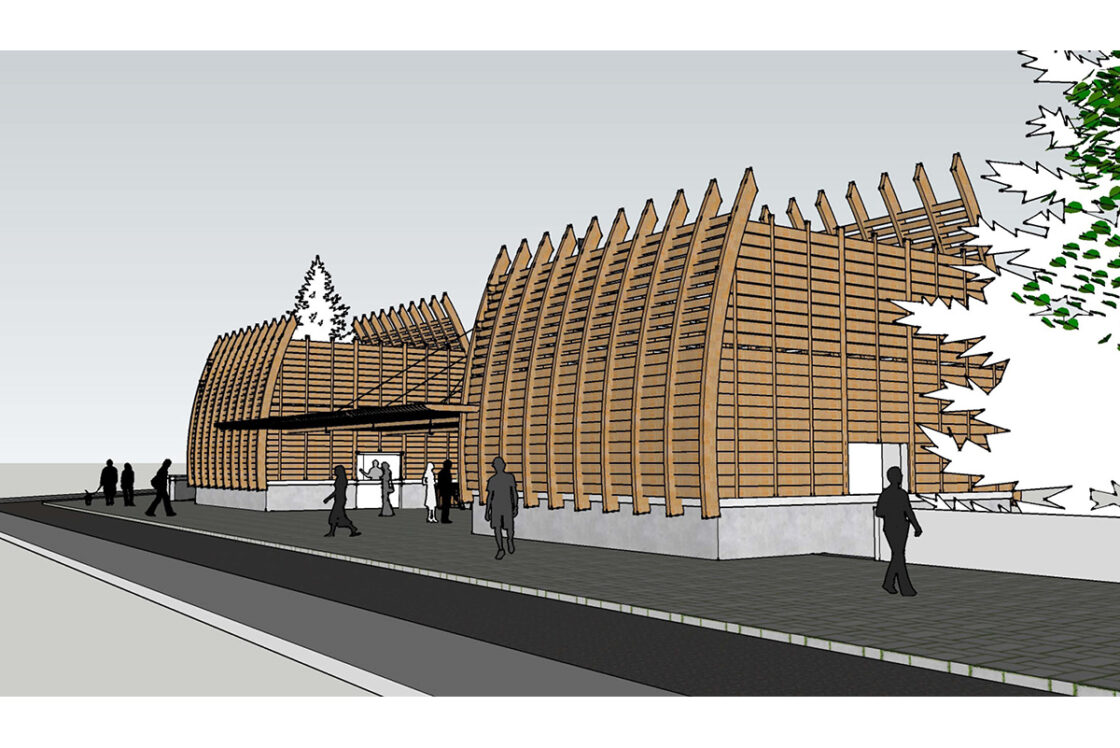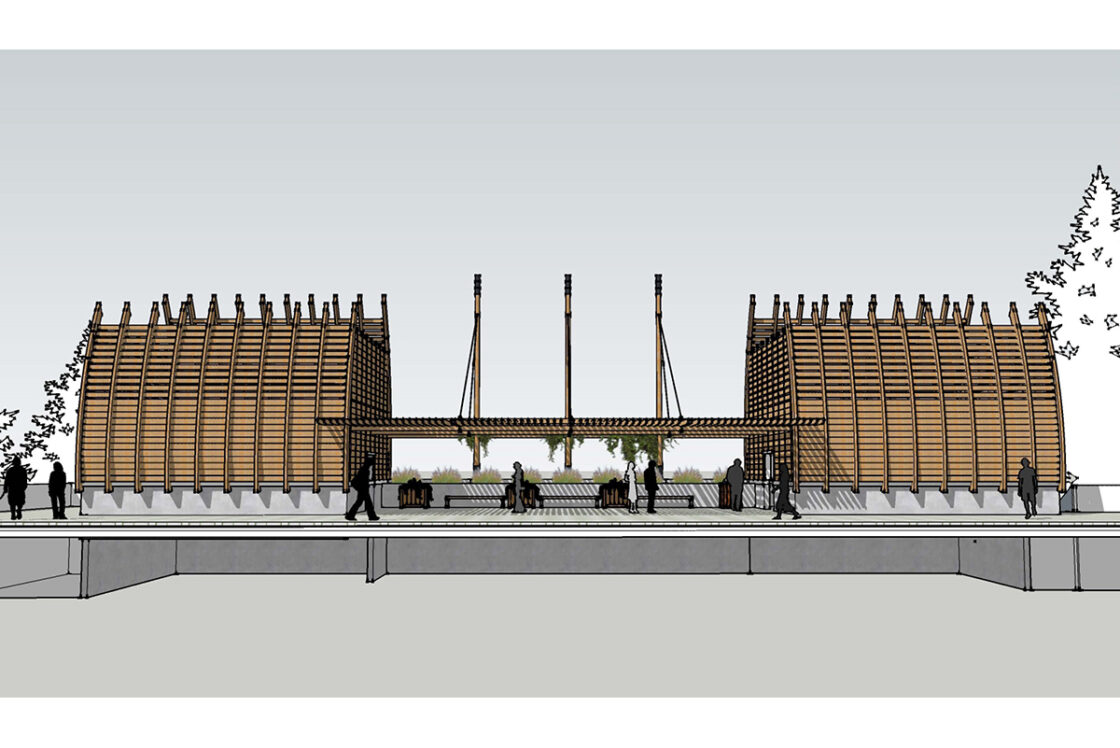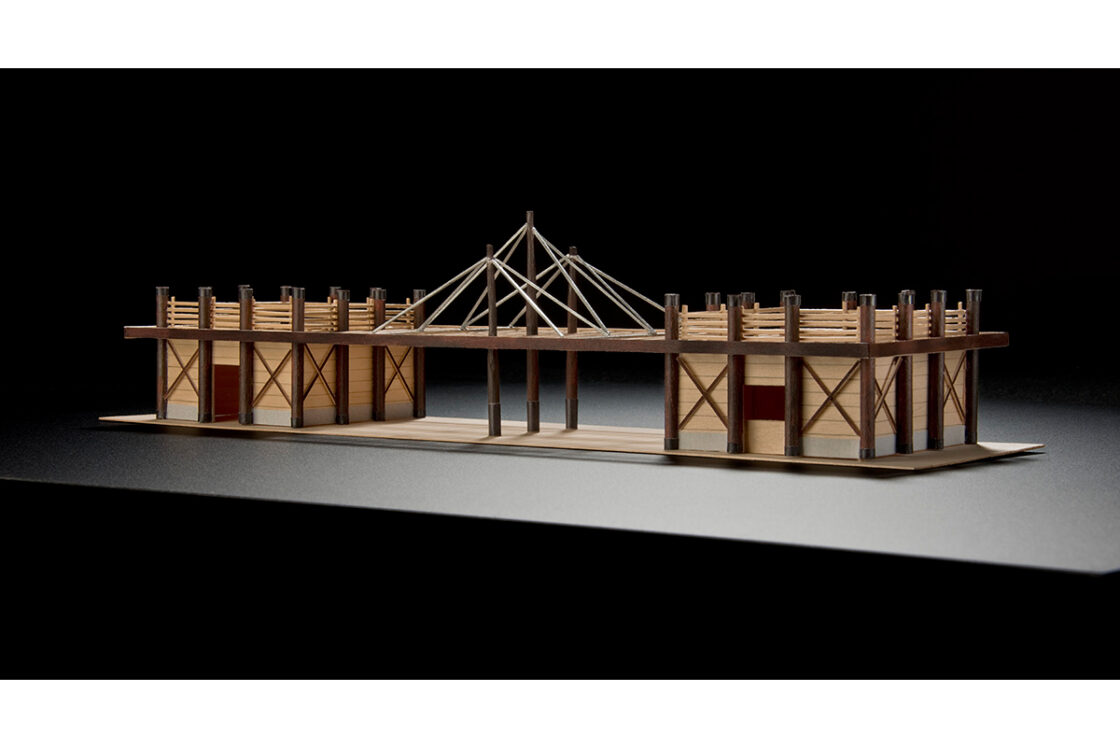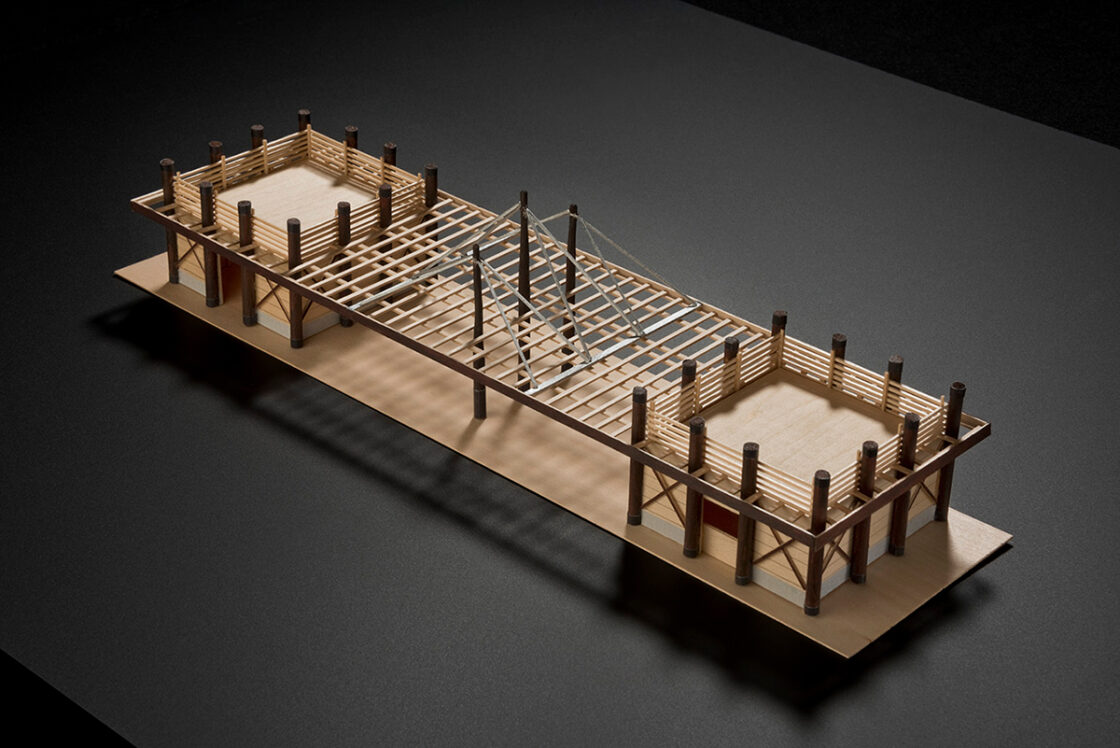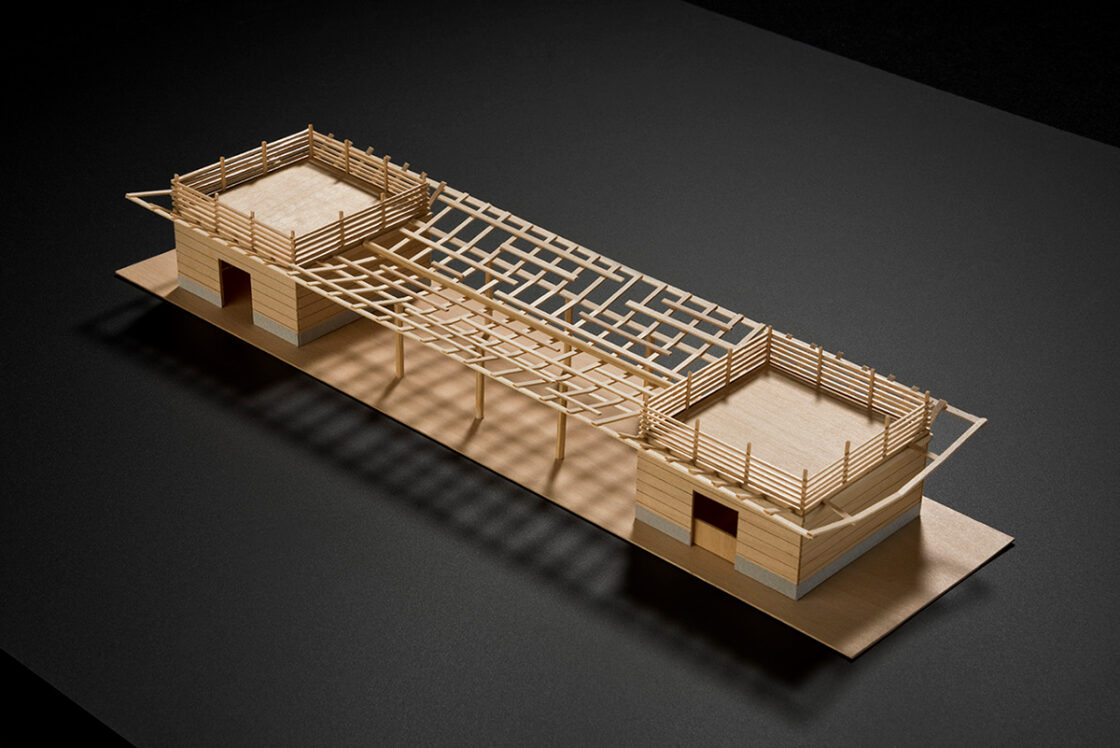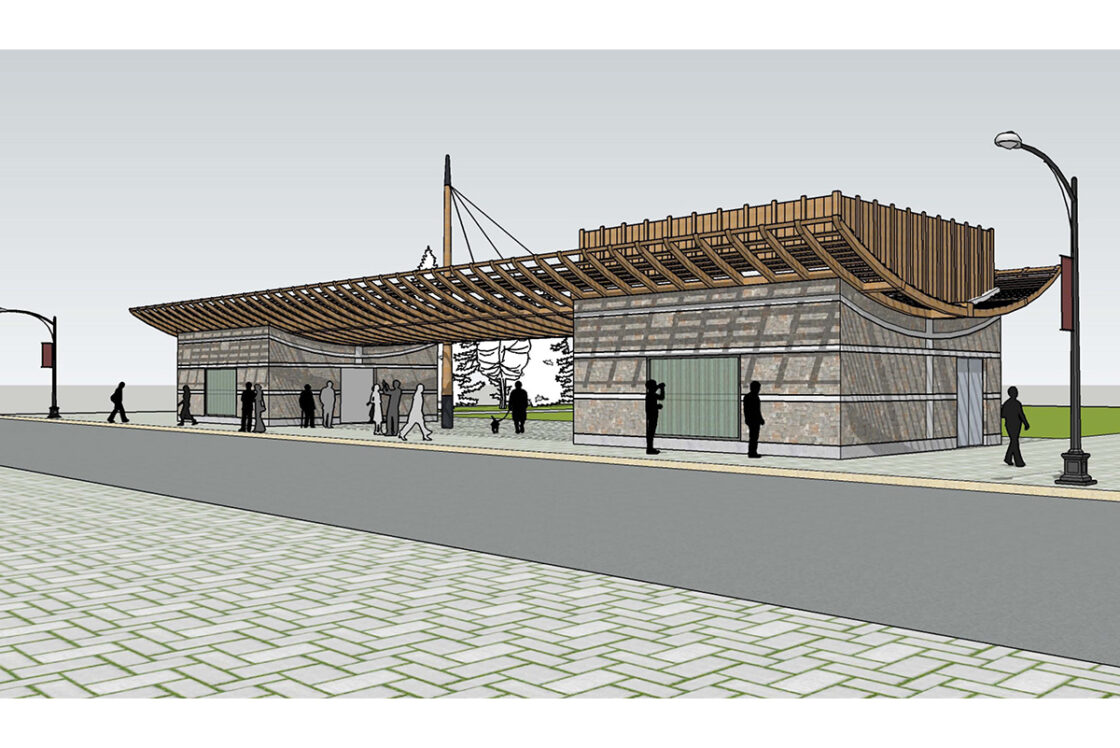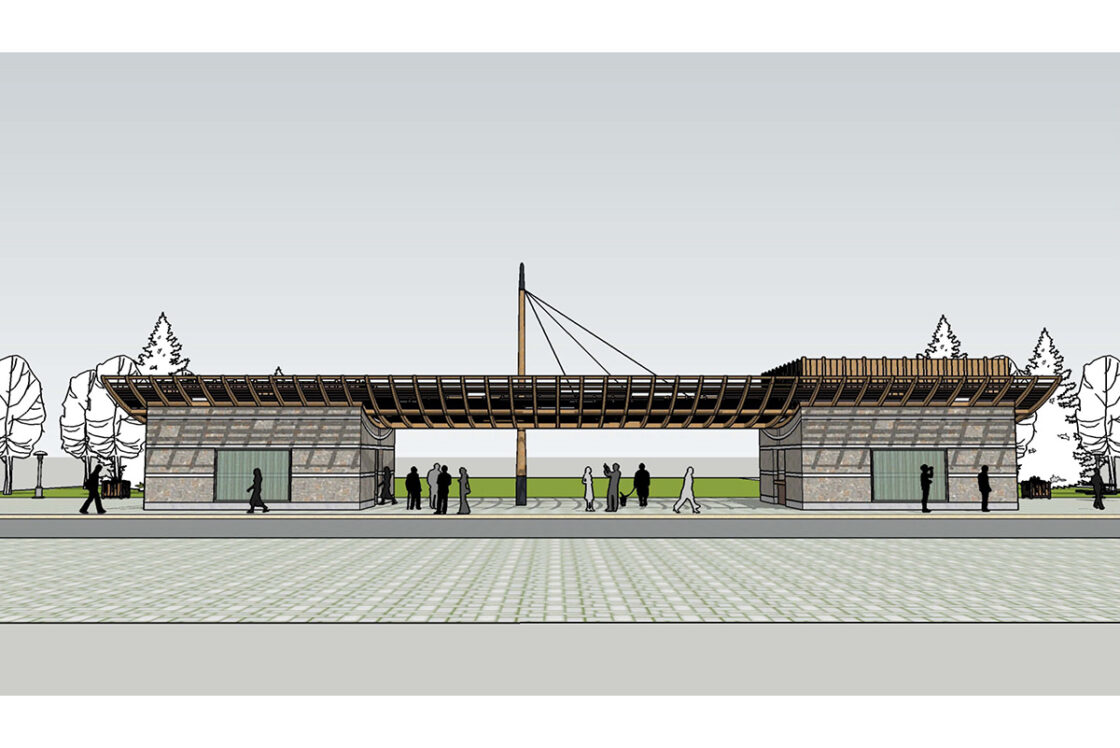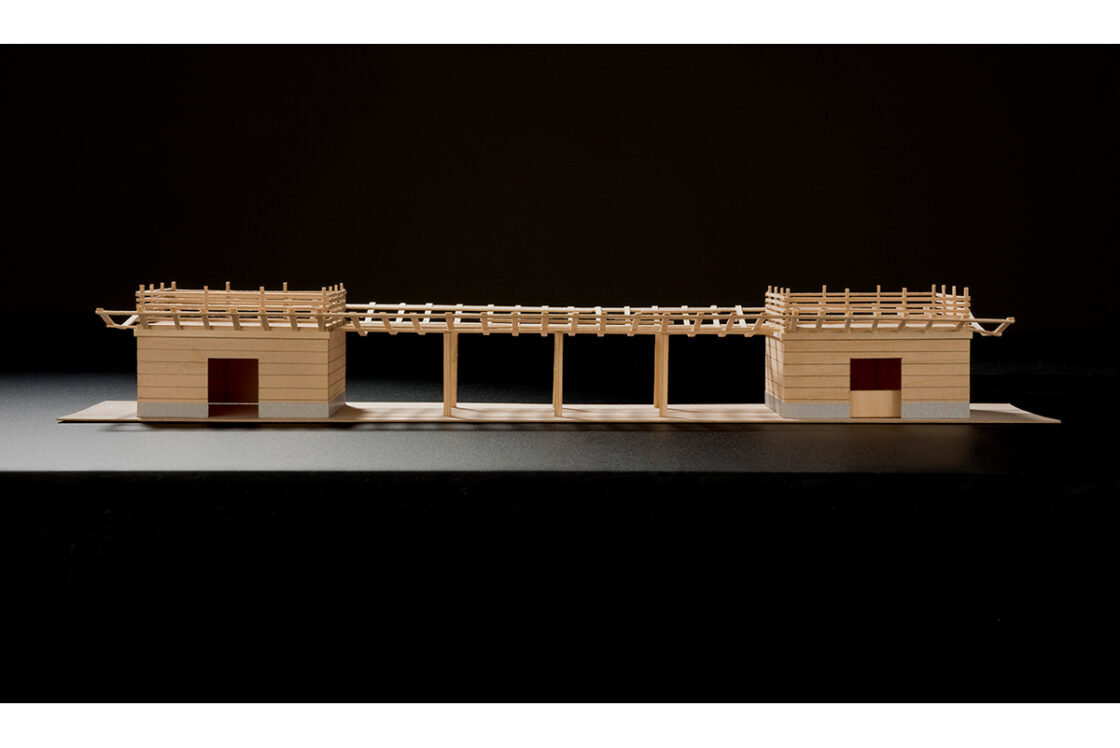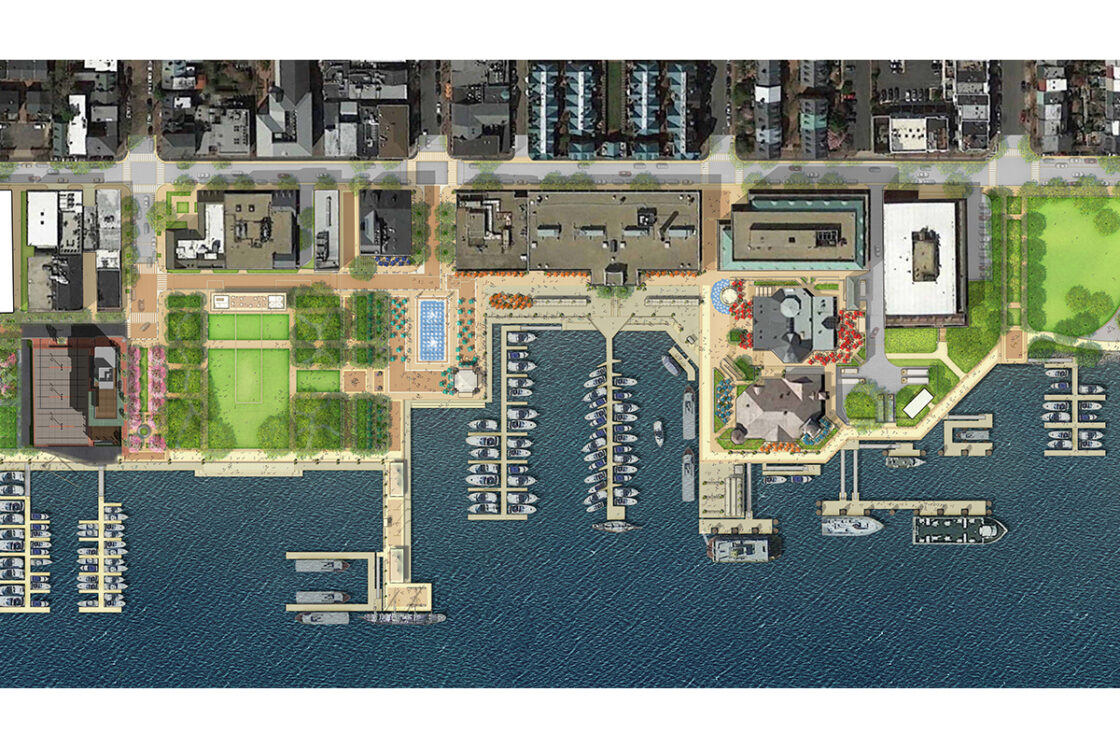Alexandria Pavilions
Alexandria, Virginia
Quick Facts:
Client:
Property:
Awards:
The framework for the Waterfront Implementation (WFI) Project can be traced back to an Initial Flooding Assessment Report completed in October 2007 that identified specific flooding problems and offered potential mitigation solutions. Subsequently, the City published a 15 percent Flood Mitigation Concept Design along with a City Council endorsed 2014 Waterfront Implementation Plan, and engaged professional engineering services to advance the concept to a preliminary design (2016 – 2019).
The priority of the WFI Project is to address flood mitigation; however, along with these improvements, the City has committed to improved connectivity to and along the Waterfront as well as general park and amenity improvements. Elements of the project will address both rainfall-runoff induced flooding via stormwater management improvements and Potomac River induced flooding via backflow prevention and overtopping protection.
Michael Winstanley AIA AICP and Jeffrey Lohr PE will present their work on resilient architecture and engineering for the Alexandria Waterfront Flood Mitigation Program. They will explain how the multi-year $60M investment by City of Alexandria will prevent flooding and create a vibrant riverfront promenade to bolster economic activity in historic Old Town. They will show how the new Old Dominion Boat Club located along the river’s edge has been designed to withstand potential flooding with minimal damage or disruption and meets all the FEMA requirements. Additionally, they will show how the normally dull infrastructure pump buildings required for the flood mitigation can be designed to be resilient and create an architectural language which can include other civic programs such as concessions and restrooms for the public. The structures, designed to sit within the new waterfront park, meet all necessary FEMA regulations and have been approved through community dialogues and processes.
Resilient architecture and a flood mitigation program directly aligns with this year’s theme in that it 1) proposes the design and construction of a flood mitigation system to prevent future flooding and buildings that can withstand flooding without serious damage; 2) introduces a program that will ultimately provide usable open space for all populations (especially underserved) along the Potomac River; 3) demonstrates the value of proposed flood mitigation structures along the river that have been designed according to FEMA regulations and minimize damage to structures from flooding; 4) describes how such a program can increase the potential for new and diverse hires due to the protection and growth of the local economy; 5) proposes the creation of another venue for the implementation of new technology for flood mitigation; 6) instigates a thought process for making better, broader use of the sustainable Potomac River for economic growth, tourism, and a future water transportation system.

